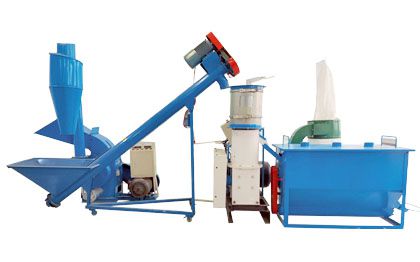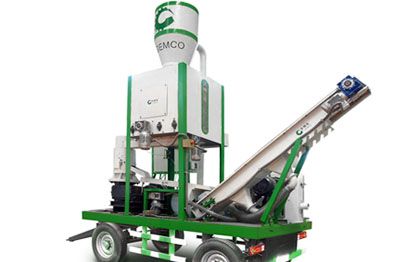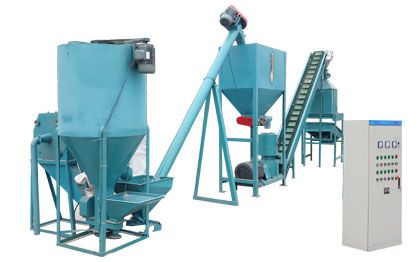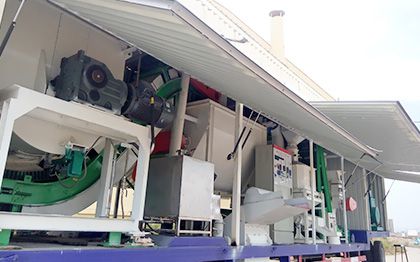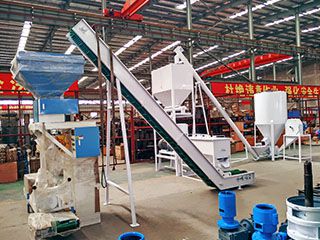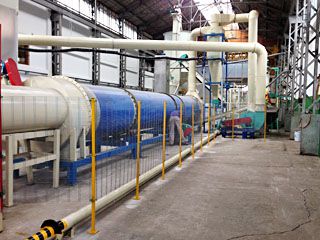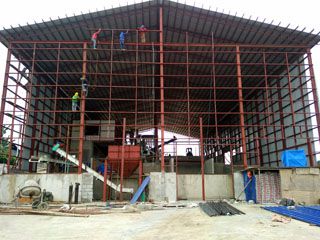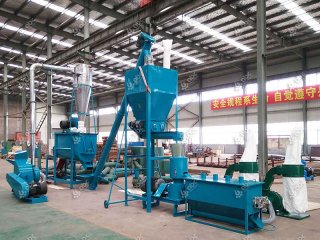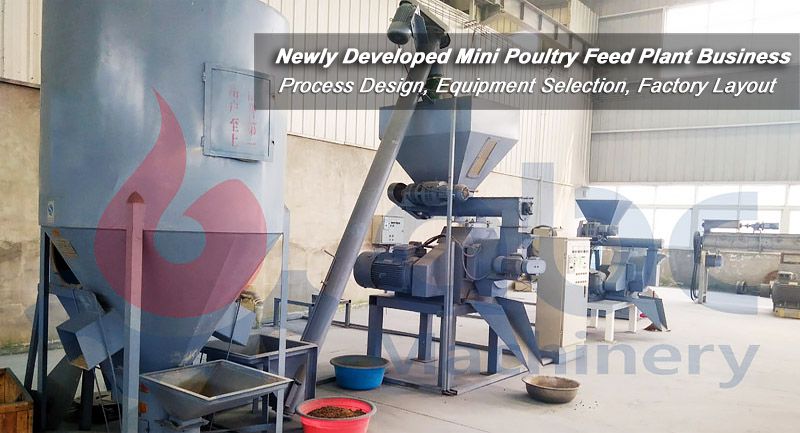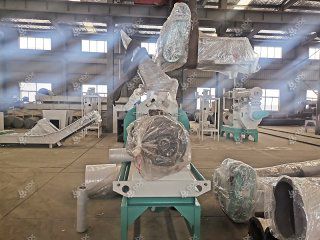With rising per capita income and growing awareness of healthy diets, global demand for aquatic products keeps increasing steadily. According to statistics, the global aquaculture output has already exceeded 100 million tons, with freshwater fish and demersal marine fish becoming the main drivers of consumption (FAO, 2024). Industry reports show that in China’s freshwater fish market, sinking fish feed now accounts for over 40%, and in some premium marine fish feeds, the proportion is close to 80% (China Business Industry Research Institute, 2023). This trend raises higher requirements for fish feed production—not only producing high-density, hard sinking feed but also ensuring balanced nutrition, good palatability, and eco-friendly performance.

Setting up Fish Pellet Production Project for Your Business
Why has sinking feed for fish become the top choice for an aqua feed mill?
From tilapia and carp to largemouth bass, rainbow trout, and turbot, different fish species have diverse needs for pellet density, protein levels, and water stability. Carefully designing the fish feed making formula (e.g., feed density 0.55–0.80 g/cm³, protein content 28–38%) can significantly increase feed utilization rates and survival rates, while also lowering fish feed production line costs and reducing water pollution.
|
Fish Species |
Feeding Layer |
Feed Density Requirement (g/cm³) |
Protein Content (%) |
Key Features |
|---|---|---|---|---|
|
Tilapia, Carp |
Mid-lower layer (0.3–0.5m) |
0.55–0.65 |
28–30 |
Prefer bottom feeding; feed conversion rate can improve by ~12% |
|
Catfish, Largemouth Bass |
Bottom layer (0.0–0.3m) |
0.65–0.75 |
30–32 |
Require high-density pellets; survival rate increases by ~15% |
|
Rainbow Trout, Turbot, etc. |
Bottom layer (0.0–0.3m) |
0.70–0.80 |
32–38 |
High demands for pellet stability and water durability |
Notes:
-
Feed density means the unit volume weight of pellets; higher density ensures faster sinking speed, matching fish feeding habits at different depths.
-
Protein levels, based on the “China Aquatic Feed Formulation Guide (2023),” ensure balanced nutrition for fish.
-
The above data, derived from 2024 industry surveys and major aquaculture enterprises, provide valuable references.
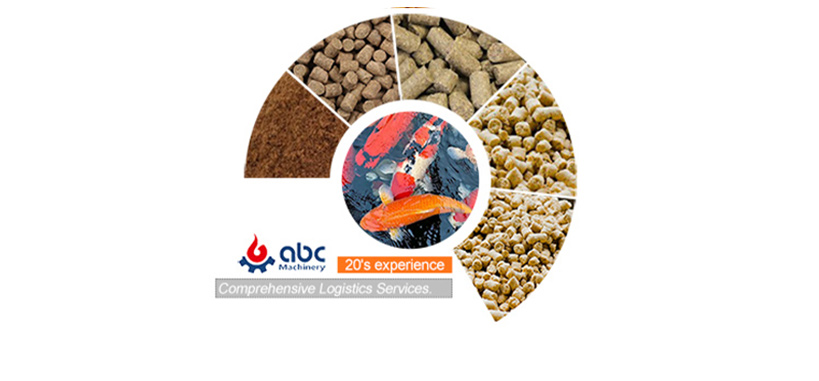
Profitable Sinking Feed for Fish
Moreover, more bottom-dwelling species like silver carp and black carp are also increasingly using sinking feeds to improve farming efficiency and feed utilization. As farming technology upgrades, the application range of sinking feed keeps expanding and market demand continues to grow. If you also plan to develop high-hardness, high-density premium sinking pellets, feel free to contact the ABC Machinery technical team for free raw material testing, customized solutions, and investment evaluation.
Full process analysis of pellet feed for fish production
To produce truly high-quality fish feeding pellets, control is needed across formulation design, process optimization, and equipment configuration.
≥28% Protein, scientific fish feed making formula
-
The core of sinking feed is low expansion and high density through scientific formulation and process to meet bottom-dwelling fish needs.
-
Data shows industry-leading sinking feeds often contain 25–30% starch and ≥28–32% protein, effectively boosting daily weight gain and survival rates.
-
ABC Machinery’s engineering team has helped clients create customized fish feed making formula with higher protein and lower expansion based on multiple sinking feed projects.
80–90°C conditioning to boost pellet strength by 10–15%
-
Typical sinking feed production uses ring die low-expansion pelleting, achieving densities up to 0.6–0.7 g/cm³, significantly faster sinking and better water stability than floating feed.
-
Conditioning temperature is kept at 80–90°C, moisture at 16–18%, increasing pellet strength by 10–15% and reducing breakage.
-
Cooling reduces pellet moisture below 12%, meeting national feed standards and preventing mold.
-
Through process parameter optimization, ABC Machinery ensures stable, continuous production, helping clients increase annual output by over 20%.
Increase annual output by 20%: core fish feed machinery analysis
Based on years of experience in aquatic feed plants, ABC Machinery recommends the following core equipment:
-
Double-layer conditioner ring die pellet machine: denser pellets thanks to secondary conditioning; ring die design controls density and hardness.
-
Efficient cooler: faster cooling, 30% higher efficiency, avoiding re-absorption of moisture.
-
Automatic weighing and packing machine: precise packaging with ±0.2% accuracy, saving labor and improving appearance.
-
Additional fish feed processing machine, oil spraying system, etc., can be configured to build a complete animal feed pellet production line.
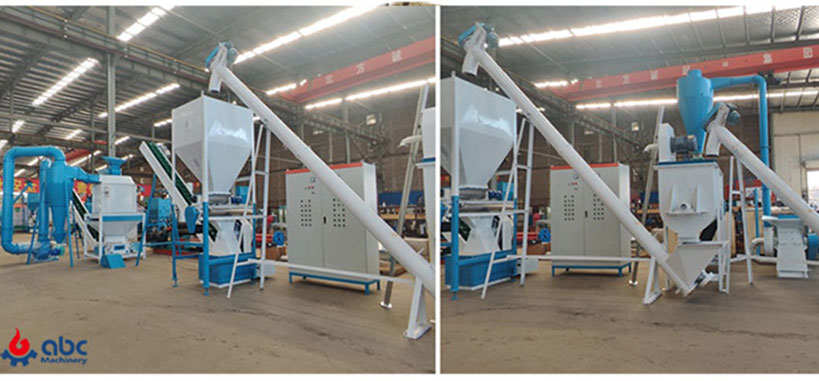
Portable Sinking Fish Feed Production Line for Sale
How to create a fish feed production business plan?
For any sinking feed for fish project, choosing an experienced, full-service fish feed making equipment supplier is crucial. ABC Machinery provides full-cycle support—before, during, and after the sale—to ensure smooth project delivery and efficient operation.
|
Before-sale |
Fish Feed Making Formula,Fish Feed Production Business Plan,Custom Solutions & Investment Analysis |
|
|---|---|---|
|
On-sale |
Contract Signing,Engineering Support,Equipment Manufacturing |
|
|
After-sale |
Installation & Commissioning,Operator Training,Technical Support |
|
Due to the wide range of ABC Machinery projects and diverse solutions, not all advantages and service details are listed here. ABC Machinery remains committed to offering end-to-end solutions—from formulation optimization and process design to equipment manufacturing. Choosing ABC Machinery means choosing expertise and efficiency to maximize your farming profitability.
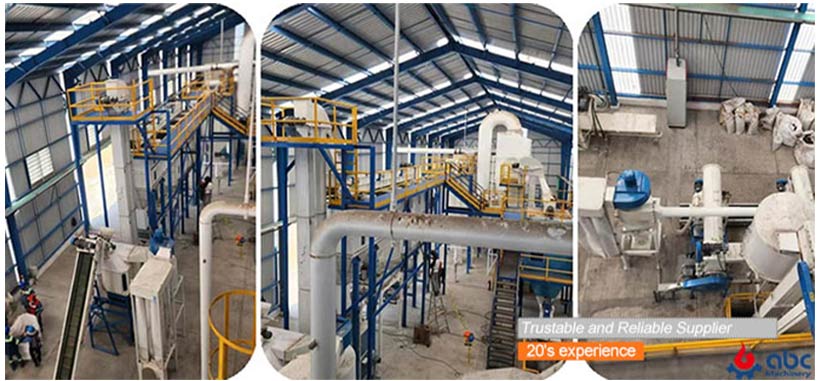
Best Sinking Fish Feed Manufacturing Plant for Sale
As aquaculture becomes more refined and species structure improves, demand for sinking feed and fish feed pellets keeps growing. Selecting professional fish feed machine for sale, feed milling equipment, and fish feed processing equipment not only reduces production costs but also improves feed quality and market competitiveness. Whether you plan to invest in a new fish feed mill plant or upgrade your existing fish feed manufacturing process, ABC Machinery can provide a complete fish feed making process, feed mill equipment for sale, and an entire fish feed production plant solution. Feel free to contact us anytime—our engineers are online 24/7 to help you.


